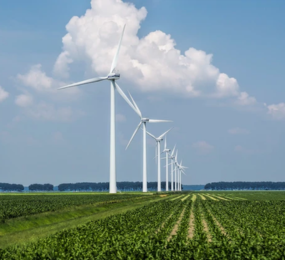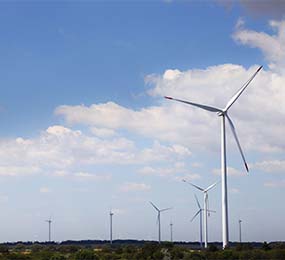Accurate and timely weather data is paramount for the successful operation of wind farms. Wind speed and direction are the primary drivers of wind turbine power output, making weather data a crucial input for optimizing operations, improving forecasting, and ensuring grid stability.
Key Applications of Weather Data in Wind Energy:
- Power Production Forecasting:
- Short-term forecasts: Accurate short-term forecasts are essential for grid operators to balance supply and demand, ensuring grid stability and minimizing the risk of blackouts.
- Long-term forecasts: Long-term forecasts are crucial for planning maintenance, optimizing energy trading strategies, and making informed investment decisions.
- Turbine Control: Real-time weather data can be used to adjust turbine operations, such as blade pitch and yaw angles, to maximize energy output and minimize wear and tear.
- Maintenance Planning: Weather data can be used to predict potential icing events, extreme weather conditions, and other factors that may impact turbine performance and require maintenance.
- Site Assessment and Development: Historical weather data is crucial for assessing the wind resource potential of a specific location and for optimizing wind farm layout.
Integrating Weather Data Effectively:
- High-quality data sources: Utilizing reliable and accurate weather data from reputable sources, such as meteorological stations and weather forecasting models.
- Data assimilation: Combining data from multiple sources, such as on-site measurements, radar data, and numerical weather prediction models, to improve forecast accuracy.
- Data analysis and interpretation: Employing advanced data analysis techniques, including machine learning algorithms, to extract meaningful insights from weather data.
- Real-time data integration: Ensuring the timely and accurate integration of weather data into wind farm control systems for real-time decision-making.
Benefits of Effective Weather Data Integration:
- Increased energy production: Optimized turbine operations and improved forecasting lead to increased energy output.
- Enhanced grid stability: Accurate forecasts enable better grid integration and reduce the risk of power outages.
- Reduced operational costs: Predictive maintenance and optimized turbine operations can significantly reduce maintenance costs.
- Improved decision-making: Weather data provides crucial information for informed decision-making at all levels of wind farm operations.
By effectively integrating weather data into their operations, wind farm operators can significantly enhance their performance, contribute to a more stable and reliable grid, and maximize the potential of this valuable renewable energy source.
To register or learn more about the Forum please check here: https://bit.ly/3K0rUIz
For more information and group participation, contact us: [email protected]
















